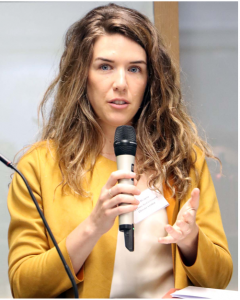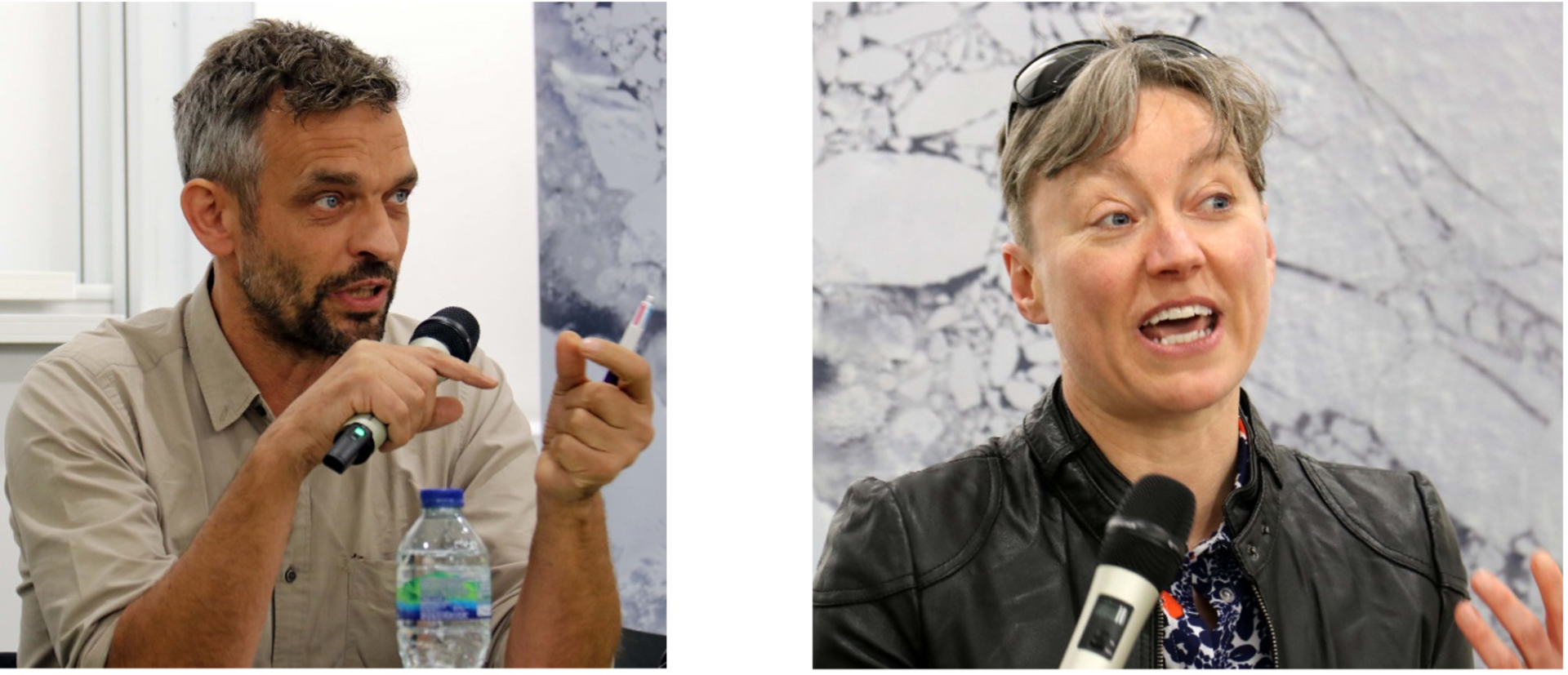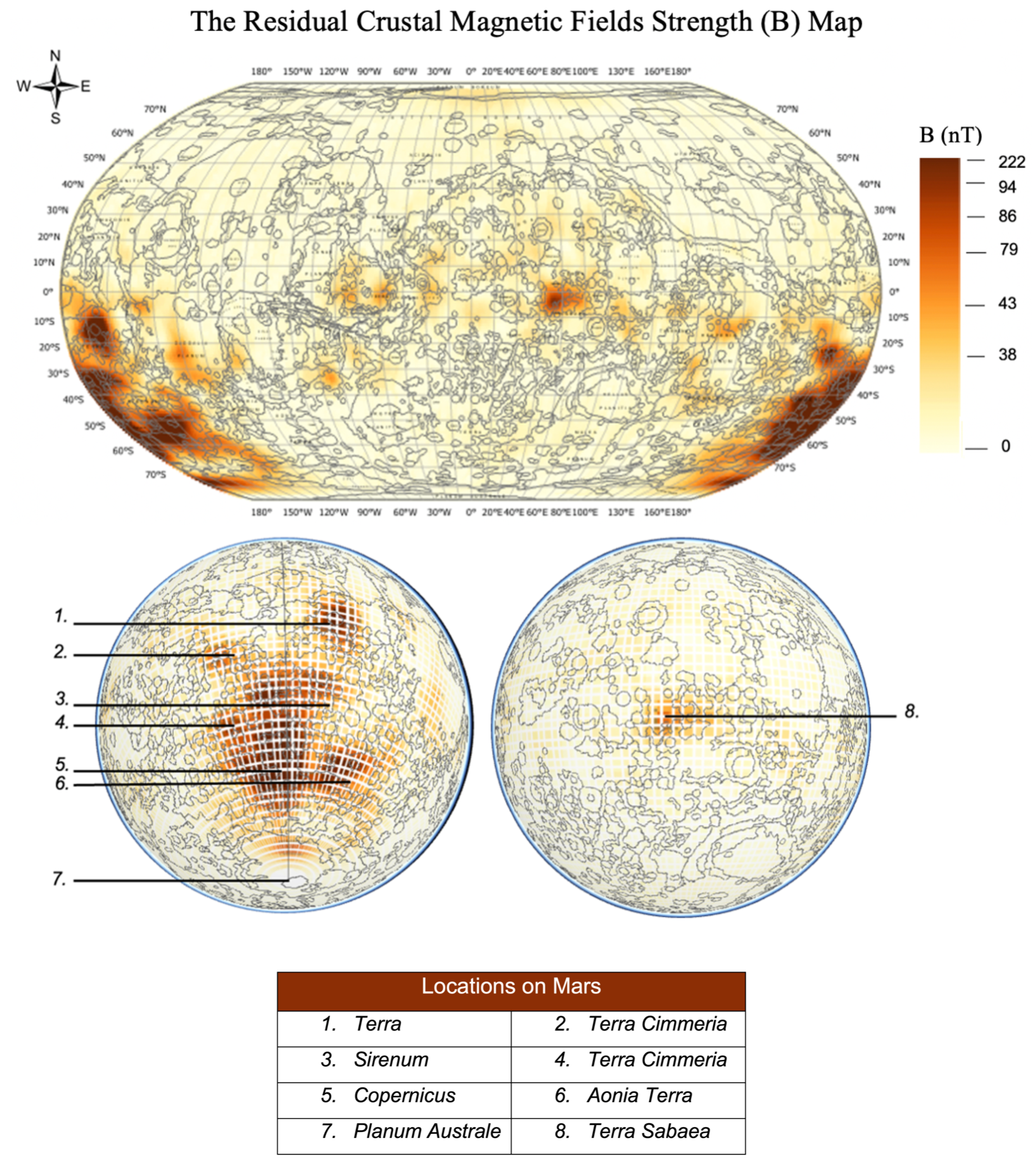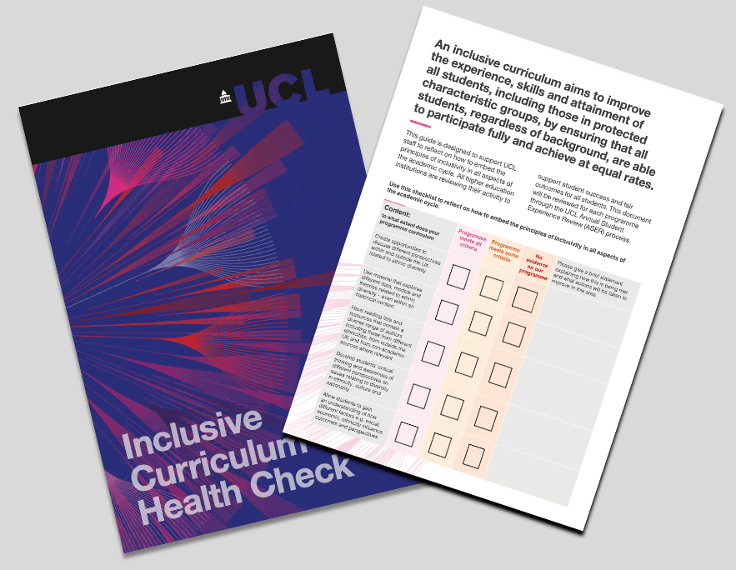Inclusion, Intersectionality, and the Humanitarian Shelter Sector
By Mhari Gordon, on 4 July 2022
Mhari Gordon is an IRDR PhD Student.
The 28th UK Shelter Forum (UKSF) in May 2022 included thought-provoking talks by practitioners and academics on whether the humanitarian shelter sector is ready to respond to the effects of climate change. The ‘Climate Charter’ emphasises the need to “support those who are the most at risk, taking into account the influence that individual characteristics… have on people’s capacities and vulnerabilities.” The importance of inclusive approaches is widely recognised by humanitarian organisations, but how should they put this commitment into practice? At the UKSF Phil Duloy from FCDO chaired a breakout group exploring opportunities for the shelter sector to be more inclusive and intersectional in its approach to the climate crisis. The panel included Hayley Capp from CARE International UK, Kevin Blanchard from DRR Dynamics and Maria Kett from UCL Population Health Sciences.

Photo of Panel including, from left to right, Phil Duloy, Hayley Capp, Kevin Blanchard and Maria Kett. Photo by Ilan Kelman.
Unequal Realities
It has become well-established that individuals are affected by crises and disasters to different extents and that, simply put, the marginalised and minority populations are ‘hit the hardest’. There are numerous examples of double injustices whereby certain individuals are marginalised and experience higher levels of poverty due to social, gender, sexuality, or cultural norms and are therefore more susceptible to the effects of climate change. Capp shared specific examples in the case of women and girls. Women tend to have limited access to and control of resources such as mobile phones, cash transfers, and insurance mechanisms. These resources are important during crises as they foster disaster resilience and recovery. Additionally, women and girls can be faced with lose-lose situations. For example, on one hand, there may be barriers to mobility for leaving their home and on the other, they may face gender-based violence risks in shelters if there are inadequate divisions or security considerations. These limitations are reflected in disaster statistics, such as the 2014 earthquake and tsunami in Indonesia whereby females accounted for two-thirds of the deaths. So, this leads to bigger questions such as how does the shelter sector deal with the underlying reasons and situations which have created such vulnerabilities within its humanitarian response?
Intersectionality and Labels
The use of the ‘intersectionality’ concept, which can recognize personal identities and characteristics, is offered as a framework to understand how different groups experience vulnerability, exposure, and resilience. However, this is not an easy task. Kett observed that even when the intersectionality framework is used within humanitarianism, there is still the presence of ‘silo-ing’ and that the sector does not “necessarily have the tools yet to really operationalise this on the ground.”. The categorisations of gender, sexuality, age, disability, etc., disenable an individual from being truly reflected. It can lose nuances such as a woman who is queer, elderly, and has hearing difficulties. Moreover, it does not necessarily measure vulnerabilities comparatively. For example, a man with a disability can be less marginalised than a woman without in some social contexts. The context of where the humanitarian assistance is being delivered is crucial to understand.
There needs to be careful consideration of how these individual characteristics are being termed, framed, and assessed; that the labelling does not further emphasise the marginalisation or difference from what is considered ‘mainstream’ or ‘acceptable’ within certain norms. Kate Crawford, a panellist from the preceding Humanitarian Institute Evening Conference, noted that labelling can place the vulnerability onto the individual, instead of recognising that it is the societal system that has created vulnerabilities for them. Additionally, there is a danger that labels may create further risks for individuals; for example, if the national state does not recognise an ethnicity. This leads to several ethical questions. How willing are people to be (self-) enumerated? What if an individual has a ‘characteristic’ they are able or want to hide, but it is a determinant of being more vulnerable?
Next Steps
These discussions raise questions about how to put into practice the first commitment of the Climate Charter on supporting those most at risk whilst accounting for individual characteristics and situations, as well as the third commitment on inclusive participation of people in humanitarian programmes. From the opinions shared by the panellists, there are currently few success stories of vulnerable people or minority groups being meaningfully included in wider humanitarian responses, expect where the specific aim of the project had a particular focus on inclusion. However, there remains only limited inclusion mainstreaming in humanitarian projects. Moreover, inclusion frameworks are largely missing in disaster policies. Blanchard identified that there are presently six countries that actively include LGBTQIA+ people in disaster risk reduction (DRR) policies. Additionally, the concept of inclusion is largely missing from the UNDRR Sendai Framework thus leaving a desert in disaster policies. So, what does this mean in terms of the humanitarian response to present and future disasters? How can we better represent inclusion frameworks within wider policies and, most importantly, ensure their application on the ground?
The panellists shared that there is still an opportunity for using the intersectionality framework when well applied, as it can collect representative data of the diversity in our communities. Moreover, intersectionality can also identify tools and knowledge that communities need to respond to vulnerabilities and foster resilience. This would help to design appropriate humanitarian shelter responses for people in need. However, the intersectionality framework may face barriers. Some characteristics, such as ethnicity or sexual orientation, can be protected in one country and legal cause for persecution in another. Therefore, not all data sets represent the most marginalised or at-risk people. Social protection schemes, also known as public safety net programmes, have previously been used in humanitarian responses in the form of increased cash transfers or disability allowances to support more vulnerable individuals during disasters. However, if certain individuals are excluded from beneficiary lists (data sets), there is the danger that they are further marginalised during the humanitarian and disaster response. This example highlights how certain data presentations can lead to pitfalls of not reaching individuals most in need during disasters. Furthermore, it demonstrates the difficult task at hand for humanitarian assistance to reach those most at risk, whilst working with and respecting the sovereignty of the host nation. Therefore, it is paramount that attention is paid to how the data is collected and stored – especially for hyper-marginalised groups – as well as how data is analysed and used.
The key suggestion made by the panellists was to work with existing support groups that are either in the country or the region. Networks such as women’s rights groups, disabled people’s organisations, or LGBTQIA+ groups already contain a wealth of knowledge and strong social networks that can identify those most in need whilst doing it in a safe manner. The caveat is that these groups are typically underfunded and work with limited resources. However, this avenue presents an opportunity for the shelter sector to work with and support local-level actors whilst driving a more inclusive humanitarian response to ensure that no one gets left behind.
More details on the 28th UK Shelter Forum (including videos of several sessions) can be found here: https://www.shelterforum.info/uk-shelter-forum-28-climate-change/
 Close
Close














